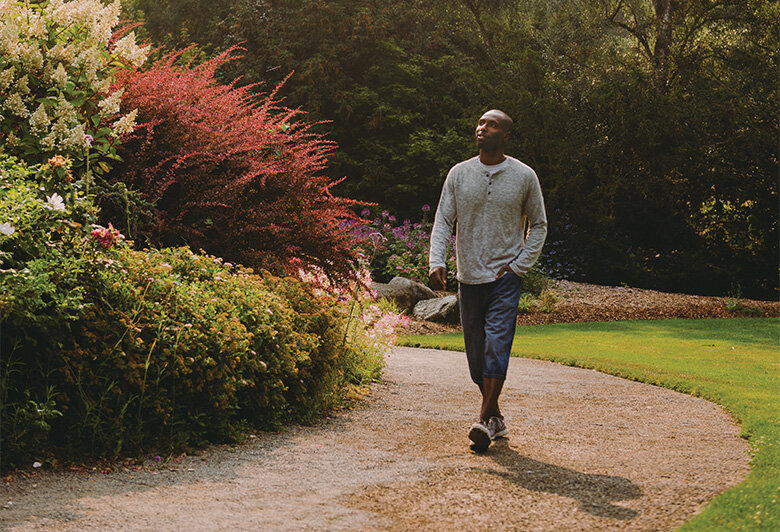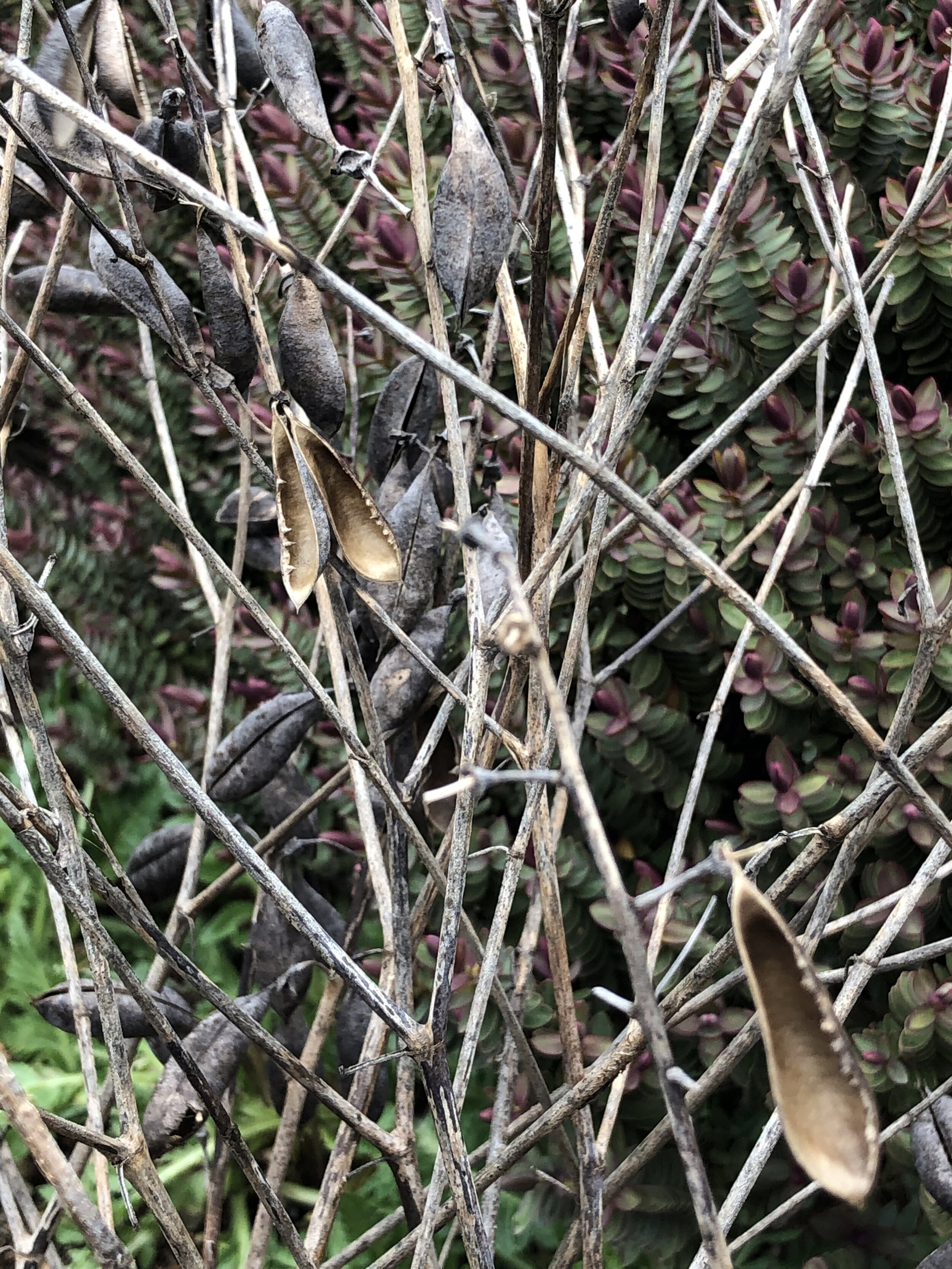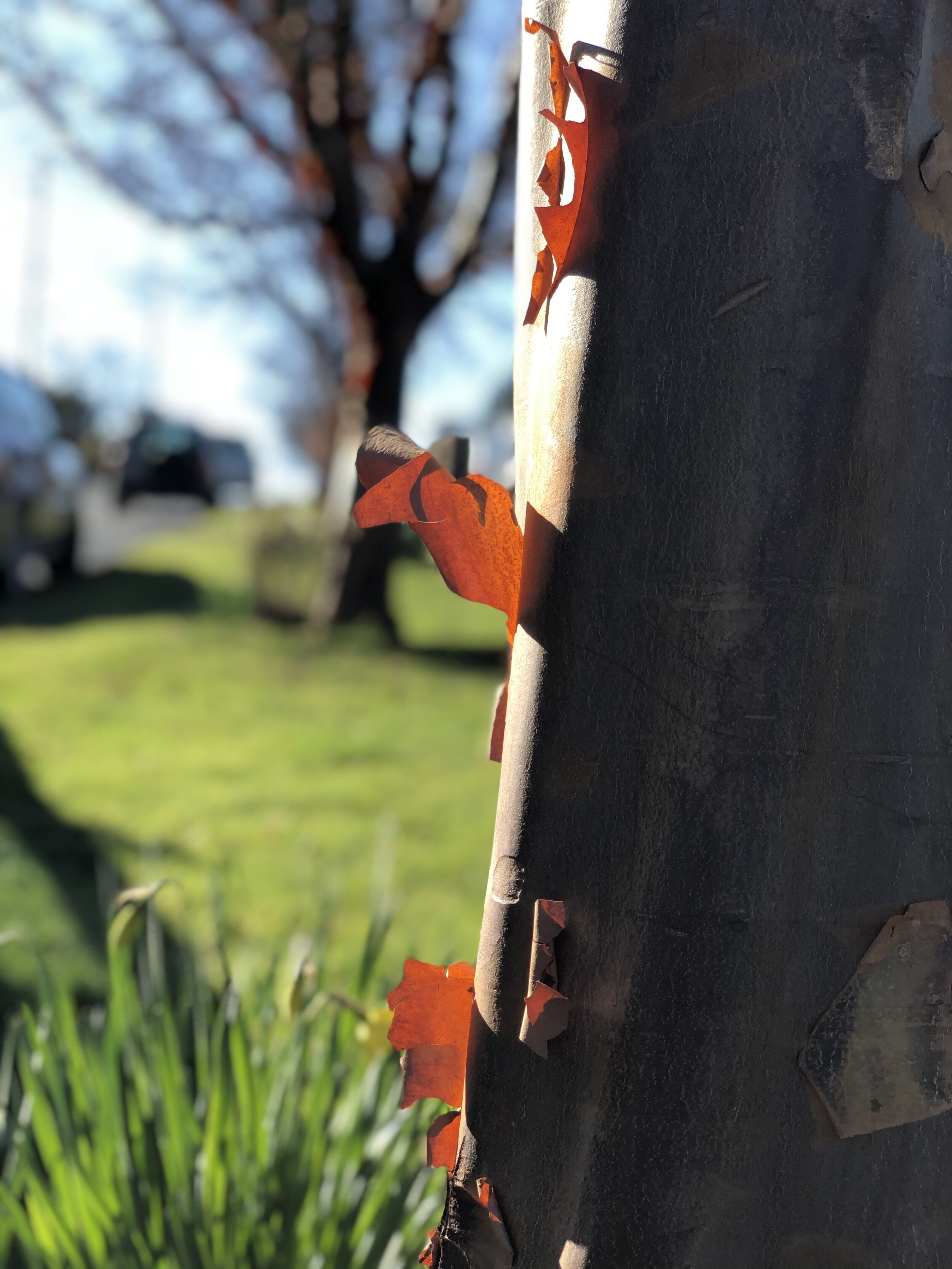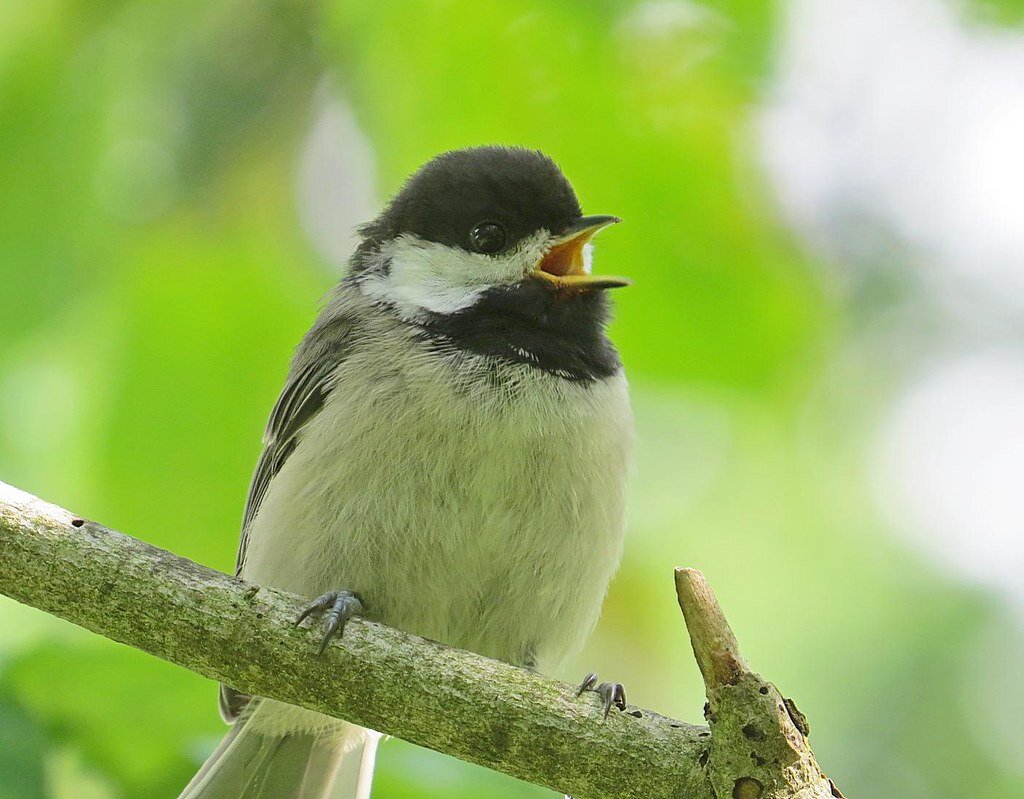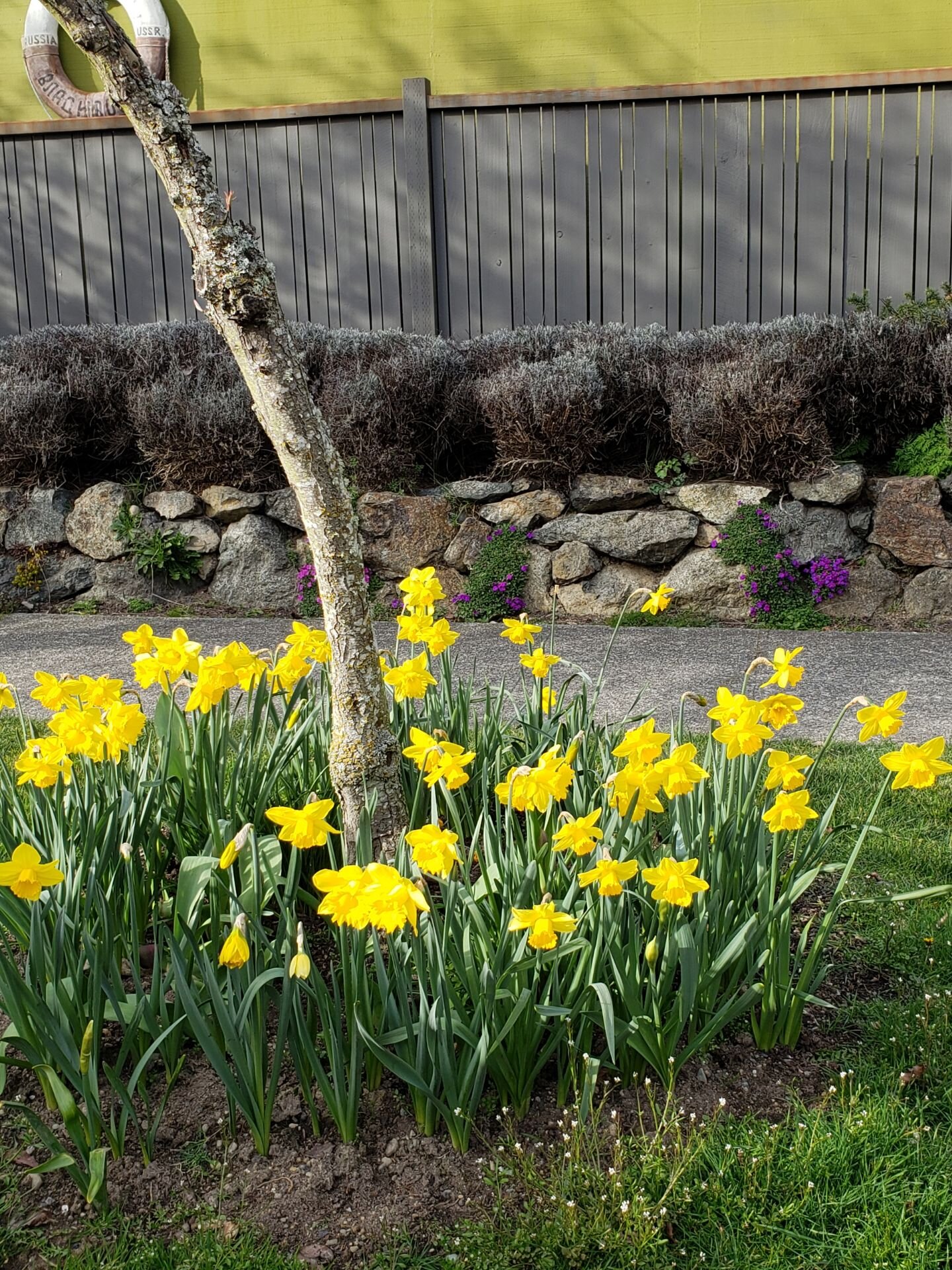It’s so important to keep yourself healthy. Going outside for some fresh air and exercise can help manage stress and make you feel calmer and more energized. Taking a walk in your neighborhood or in a local park is a simple way to get outside and, if you choose to take a “mindful” walk, the benefits will be even greater. In this blog post, you will learn more about the concept of mindfulness and its benefits. You will also find a blueprint that will guide you on a “mindful” walk. Let’s get started!
What is Mindfulness?
Mindfulness is the practice of paying attention to the moment you are in. In some ways, mindfulness is the opposite of a full mind. Instead of allowing your mind to whir with a million thoughts and worries, mindfulness asks you to slow down and notice what is around you how you are feeling. Mindfulness involves an awareness of your senses and your thoughts with the aim of experiencing and accepting the present moment without judgement.
“Mindfulness is the practice of purposely focusing your attention on the present moment—and accepting it without judgment”
Mindfulness has been found to reduce stress and anxiety as well as increase overall happiness. By focusing on the present moment, you can shift your thoughts away from worry about both the past and the future. It’s not always easy to keep yourself focused on the moment, which is why we call mindfulness a “practice”. It takes practice! Not in order to get it “right” - there is no “right” - but to strengthen your ability to notice and allow.
There are many ways to practice mindfulness: breathing exercises, using your senses, even just reminding yourself of what you are doing at that specific moment. Taking a walk in nature is one of the easiest ways. When mindfulness is combined with nature the benefits can be truly amazing.
Taking a “Mindful” Walk
Photo: Seattle Magazine
A “mindful” walk is one in which you focus on what you are experiencing rather than getting lost in your thoughts as you walk along. Spring is the perfect time of year to take a mindful walk - there is something new to discover in nature every day!
Here is a blueprint to incorporate mindfulness into a walk. You can follow this blueprint for a walk alone, with someone else, or with kids. If you’d like a mindful walk specifically geared towards kids, click here to read A Sensory Nature Walk for the Whole Family.
1) Start with a Deep Breath
Start your walk by standing up straight, closing your eyes or softening your focus, and taking a few deep breaths. Feel the air entering your nostrils. Is it cool or warm? Keep your breathing soft and simply experience it. Try to relax your shoulders. Is it easy for you to breathe in and out?
Now, open your eyes and begin your mindful walk.
2) Use Your Senses
Photo: Dick van Dujin; Colossal
Sometimes, we can get so focused on the goals of a walk (where am I going? How many steps do I want to take, am I walking fast enough?) that we don’t even notice what is all around us as we walk.
Try using all of your senses, saving sight for last.
What do you feel on your skin? Do you feel the warmth of the sun? A cool (or even cold) breeze? What does the ground feel like as you take steps?
What do you hear? Can you hear birds? The wind in the trees? Kids laughing and playing? Cars going by?
What can you smell? Can you detect the fragrance of flowers? The scent of a wood fire? The smell of someone cooking?
Try not to judge what you feel, smell, and hear. Just experience it and let it pass. Now, start to look around! Keep using your other senses as you look around you and notice what you see.
3) Notice What is Around You
You don’t have to take in EVERYTHING around you as you pass by. Simply look around and see what you naturally take notice of. Maybe there is a squirrel running across your path, or a colorful flower blooming. Maybe the wind releases the scent of rosemary or another fragrant plant.
Slow down and enjoy the things you notice. Slowing down is important; you want to walk slowly enough to be able to see things you normally wouldn’t, like a hummingbird whizzing by or a sprout emerging from the earth.
If you enjoy walking more quickly for exercise, that’s okay. Try spending one portion of your walk moving more slowly, then increase your speed and see what changes. As long as you are aware of what is around you, you are being mindful.
4) Stop and Investigate
Remember to occasionally stop to investigate things as you walk. If a plant or flower draws your attention, pause and really look at it. At first, you might only see the broad strokes of a flower, the shape and color. If you examine it more closely, you might notice variations of color, patterns, textures. Maybe an insect has chewed a hole in the leaf, or there are grains of pollen on a stamen. Maybe if you draw closer you will be able to sense a fragrance.
5) Finish Your Walk with More Deep Breaths
When you finish your walk, take a moment to breathe deeply again and see what has shifted in your body and mind. Do you feel warmer or colder? Do you feel more relaxed? More energized?
Now take a moment to feel gratitude for the walk you’ve just taken, for all the things you have sensed and experienced. Try to approach the rest of your day with a mindful mindset, knowing you have accomplished something special by connecting with the natural world - and you are healthier for it!



